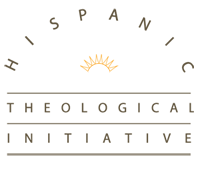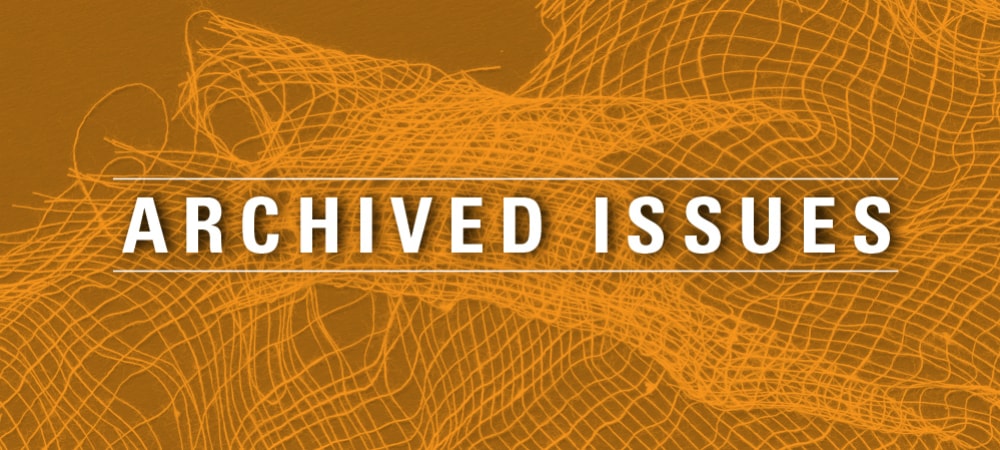Número 22 | PREFACIO
Introductory Essay – Luis R. Rivera-Rodríguez, Th.D.
Ensayo de introducción – Luis R. Rivera-Rodríguez, Th.D.
Introductory Essay – Rev. Dr. Joanne Rodríguez
Ensayo de introducción – Rev. Dr. Joanne Rodríguez
Introductory essay – Rev. Dr. David Vásquez-Levy
Ensayo de introducción – Rev. Dr. David Vásquez-Levy
JAVIER VIERA, “A Case for Abundant Christian Life.” (Oct. 16, 2014)
DORIS GARCIA RIVERA, “With Another Dress, With Another Skin.” (Nov. 8, 2014)
DORIS GARCIA RIVERA, “Con Otro Vestido, Con Otra Piel.” (8 de noviembre, 2014)
DAVID VÁZQUEZ-LEVY, “Investing in the Future. President´s Response.” (Jan. 29, 2015)
RAÚL GÓMEZ-RUIZ, “Sacred Heart Seminary and School of Theology: Your Seminary.” (Aug. 19, 2019)
ELÍAS ORTEGA-APONTE, “Presidential Priorities” (Oct. 26, 2019)
ALFREDO I. HERNÁNDEZ, “FIAT: Not Just the Pope’s Car!” (Sept. 9, 2020)
JUAN R. MEJÍAS ORTÍZ, “New Beginnings; Old Challenges.” (Aug. 28, 2021)
JUAN R. MEJÍAS ORTÍZ, “Nuevos Comienzos, Viejos Desafíos.” (28 de agosto, 2021)
EDGARDO A. COLÓN-EMERIC, “A New Pentecost.” (Aug. 31, 2021)
BRIAN LUGIOYO, “Treasures Old and New: The Danger of Hell for Theologians.” (Sept. 9, 2021)
JAVIER VIERA, “An Unrelenting Hope.” (Oct. 20. 2021)
GERSON MORENO-RIAÑO, “Cornerstone University and Cornerstone Theological Seminary. The Destination of Choice.” (Oct. 23, 2021)
JOSÉ I. IRIZARRY, “A Widening Place.” (Nov. 12, 2022)
VICTOR ALOYO JR., “In Abundance and Grace.” (Nov. 12, 2022)
EDWIN D. APONTE, “Now what?” (Mar. 30, 2023)
- 1
- 2
- 3
- …
- 5
- Next Page »


















